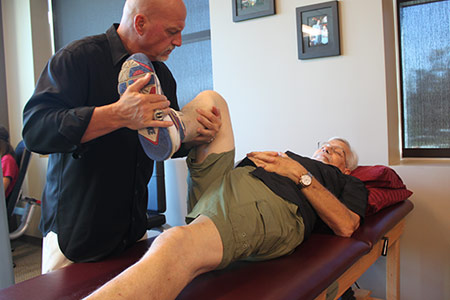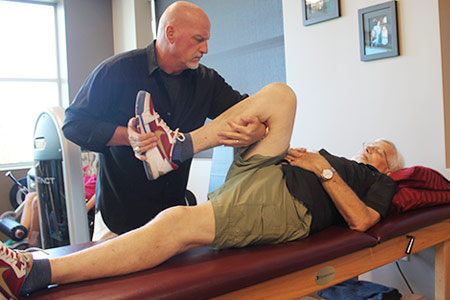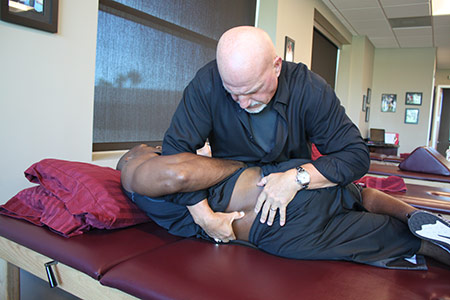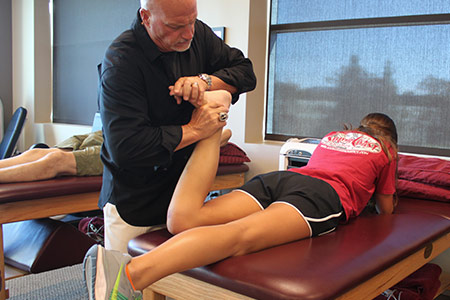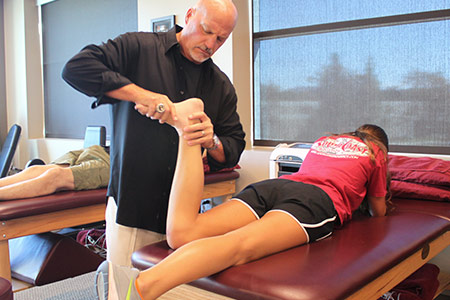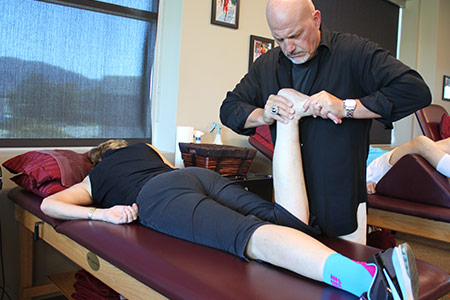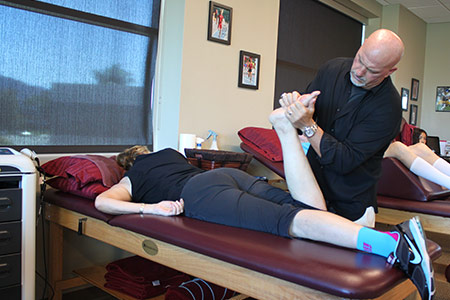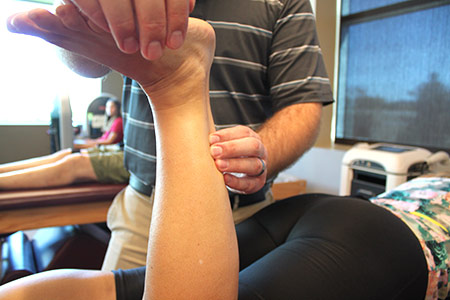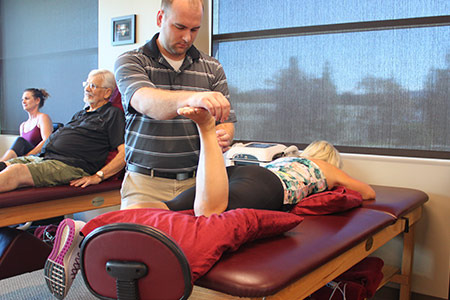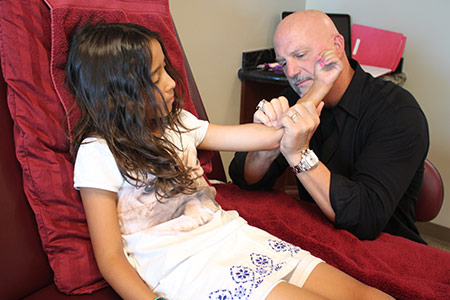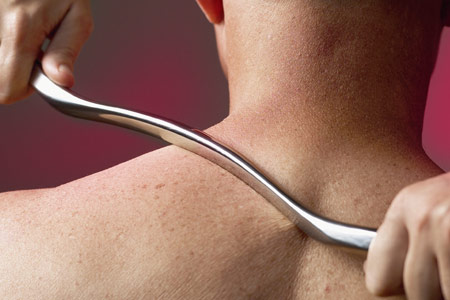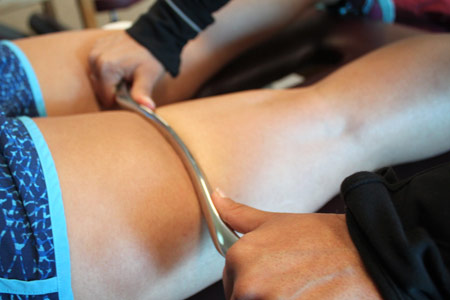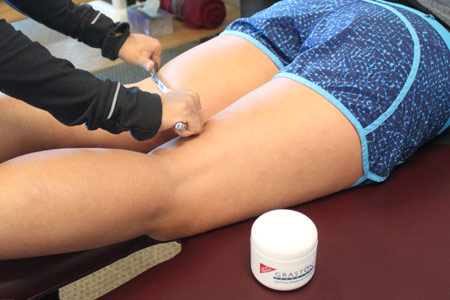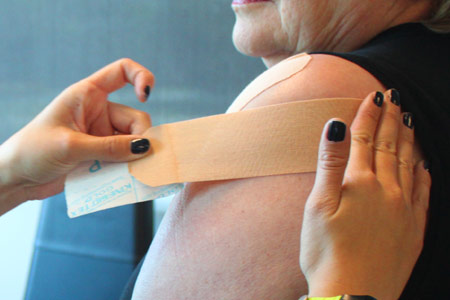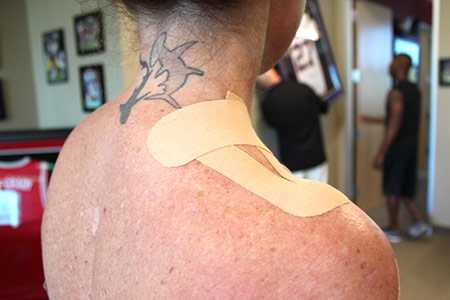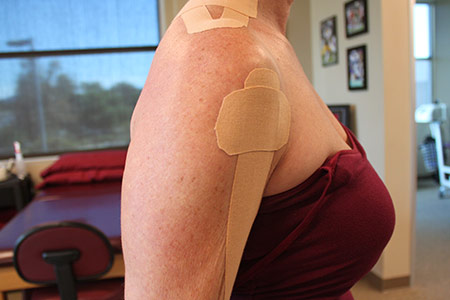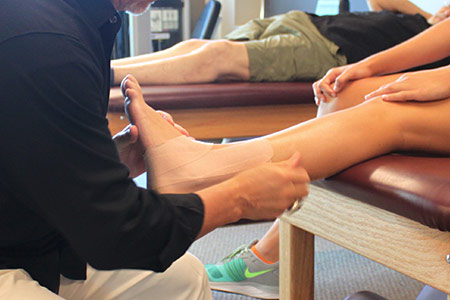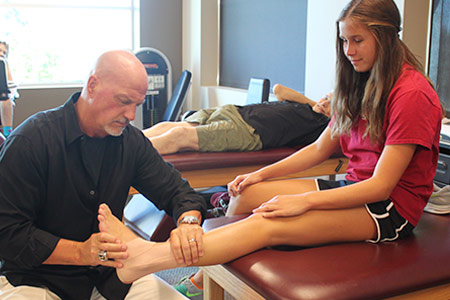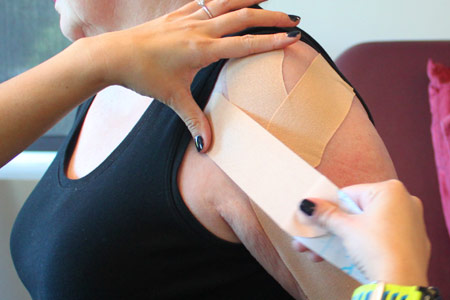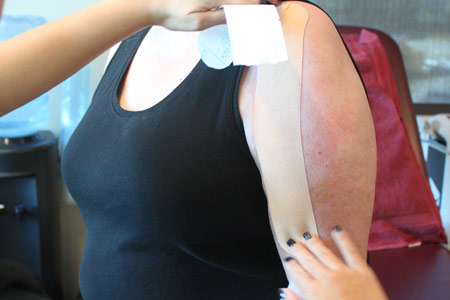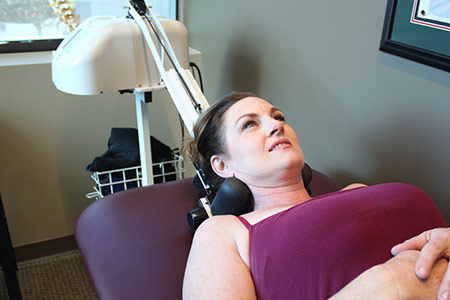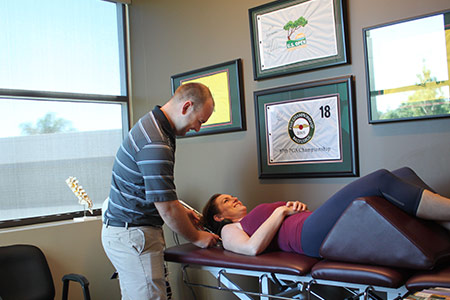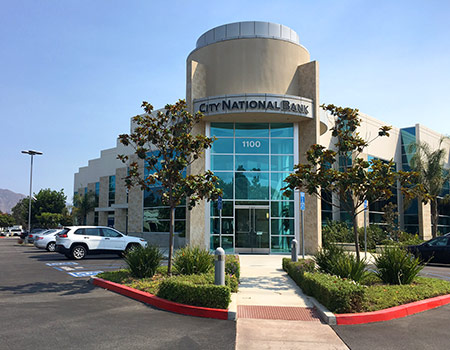Manual Therapy is a hands-on approach to treating soft-tissue and joint structures, and designed to optimize patient response to exercise and soft tissue repair. Through the process of mobilization with manual therapy, a physical therapist will diagnose and treat problems with a goal towards modulating pain, increasing range of motion, reducing or eliminating inflammation, and improving function and movement.
Joint Mobilization is a type of manual therapy with the goal of achieving a therapeutic effect. It is used to modulate pain, increase range of motion, and treat joint dysfunctions. Joint mobilization helps to release these compressed joints and relax the surrounding muscles. When applied to the spine, this process is called spinal mobilization.
Therapeutic massage is the process of mobilizing soft tissue in an effort to reduce pain or tension. Deep Tissue Massage is designed to relieve severe tension in the muscle tissue or fascia. It will focus on muscles located below the surface of the top muscles and is beneficial for athletes or individuals involved in heavy physical activity or people suffering from chronic pain.
Spinal & Joint Stabilization
When a joint or joints move, they require stabilization. A joint stabilization exercise program reduces abnormal irritation to joints and muscles. When the spine requires stabilization, this is called spinal stabilization.
Retraining of the Body & Joint Mechanics
Our physical therapy staff works with patients to retrain them on how the body and joints work in order to help patients learn the proper ways to move without injury or strain.
Work/Sport Specific Exercise
The use of work or sport-specific exercises is currently a common trend. Specific exercises are designed to target and build specific muscle groups commonly used in a particular sport or other work activity. We analyze how the patient walks, as well as their posture during various activities relating to their daily routine. It is used to optimize performance and movement efficiency as well as eliminate any unnecessary strain.
Sports Rehabilitation
Sports rehabilitation is the field of therapy that specializes in preventing, diagnosing, and treating injuries related to sports or exercise. Sports medicine topics include injuries and rehabilitation related to the injury of joints or muscles commonly caused by engaging in physical activities.
Traction
In orthopedics, traction is the process of using distraction to relieve pressure on joints and the structures inside them.
Neuromusclar Re-Education
Balance-oriented approach to improve dynamic stability and coordination related to functional movement.
Patient Education
Explaining the various causes of injury and/or movement disorder to better understand the rehabilitation process and related treatment approach, empowering you to actively engage in your treatment.
TRX Suspension Training
TRX – body weight training tool that helps build muscle, increase flexibility and tighten the core. Jeff Nicholl has furthered his knowledge in Physical Therapy in the new technology of exercise with a certification in Sports Medicine with the TRX Suspension Training Unit. The TRX exercises were created by the Navy Seals. It is an excellent tool that helps develop the individual’s strength, balance, flexibility and core stabilization. With the TRX you can expect to get a total body workout at a variety of activity and strength levels. We utilize the TRX to focus on strengthening the area that we are treating for the individual.
Rotex
Strengthen muscles that are used to slow down body motion quickly before joints/ligaments due, which is most common cause of injury; promotes proper muscle balance around all joints.




